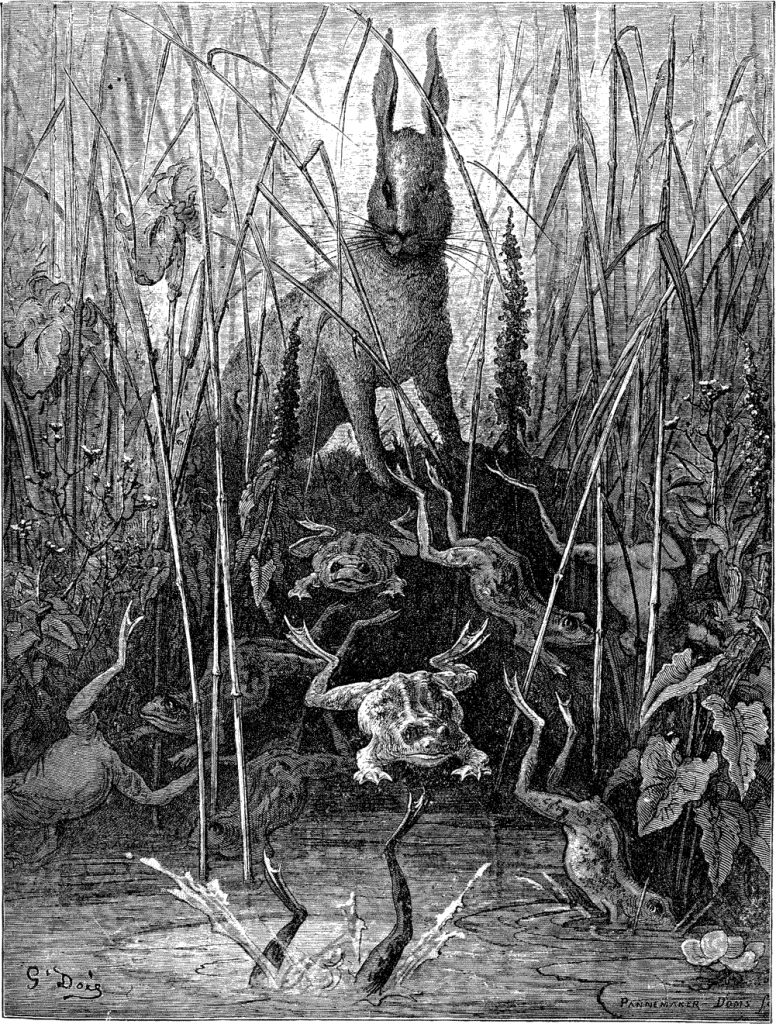Propuesta: PAO-RO representando explícitamente el seseo
Fuente: saberinglés.com
Fábulah de l’Esopo: Lah Liebreh i lah Ranah
Lah Liebreh ehtaban tan perseguíah por otrah behtiah, que ya no sabían ni aonde í. Tam pronto como una d’eyah veía a un sólo animá aprosimándose a eyah, salían corriendo.
Un día vieron a um puñao’e Cabayoh bravíoh en ehtampía, i toitah lah Liebreh salieron huyendo mu asuhtáh a un lago sercano, desìíah a ahogarse anteh que viví siempre con suhto.
Pero huhto cuando s’asercaban a la oriya’el lago, unah poca’e ranah, asuhtaitah a su veh porque s’aprosimaban lah Liebreh, s’ehcabuyeron i sartaron a l’agua.
“Em verdá”, diho una de lah Liebreh, “lah cosah no son tan malah como paesen: siempre ai arguien qu’ehtá peó que tú”.
Aesop’s Fables: The Hares and the Frogs
The Hares were so persecuted by the other beasts, they did not know where to go. As soon as they saw a single animal approach them, off they used to run.
One day they saw a troop of wild Horses stampeding about, and in quite a panic all the Hares scuttled off to a lake hard by, determined to drown themselves rather than live in such a continual state of fear.
But just as they got near the bank of the lake, a troop of Frogs, frightened in their turn by the approach of the Hares scuttled off, and jumped into the water.
“Truly”, said one of the Hares, “things are not so bad as they seem:
“There is always someone worse off than yourself.”

